The Achilles tendon | Diseases and pain of the Achilles tendon
The Achilles tendon owes its name to Greek mythology
In Greek mythology, Achilles faced a fate that would either see him die young and famous or live a long and insignificant life.
To change this omen, his mother Thetis immersed him in the mythical river Styx, which was supposed to confer invulnerability.
However, she held him by the heel, which was therefore not touched by the water and remained a weak point.
This Achilles heel became a critical point not only for the mythical hero, but also for many athletes, both professional and recreational.
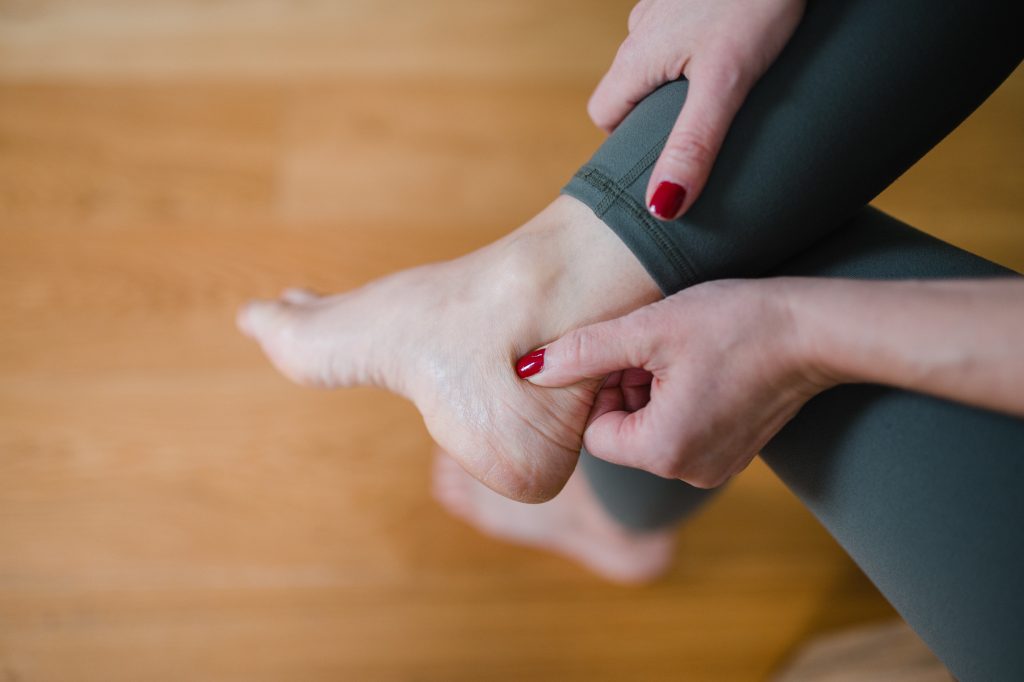
What is the Achilles tendon?
Anatomy of the Achilles tendon
The Achilles tendon, also known as the tendo calcaneus, is the strongest and thickest tendon in the human body.
It connects the calf muscle to the heel bone (calcaneus).
More precisely, it is made up of the tendons of the gastrocnemius muscle (twin calf muscle) and the soleus muscle (clod muscle), both of which are located in the lower leg.
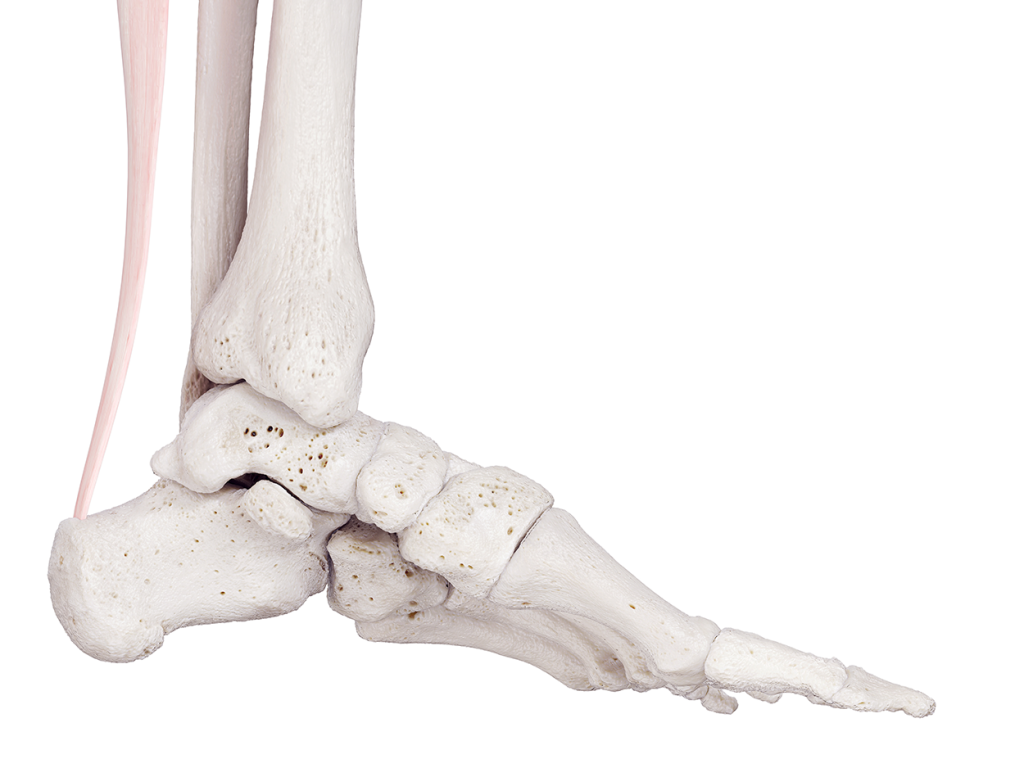
Structure
- Gastrocnemius muscle: This muscle has two heads (medial and lateral) and is responsible for flexion of the knee and plantar flexion of the foot (movement of the foot towards the sole of the foot).
- Musculus soleus: This muscle lies under the gastrocnemius muscle and also contributes to plantar flexion, but is mainly active when the knee is flexed.
- Connection with the calcaneus: The Achilles tendon connects these muscles with the rear part of the calcaneus and thus enables the transfer of force from the calf muscles to the foot.
Function of the Achilles tendon
The Achilles tendon plays a central role in many movements, especially when walking, running, jumping and climbing stairs. Its main functions include:
- Plantar flexion: The Achilles tendon enables plantar flexion of the foot, which is essential for pushing off from the ground when walking or running.
- Shock absorption: It acts as a shock absorber and helps to cushion the loads that act on the foot.
- Power transmission: By connecting the powerful calf muscles with the heel bone, it ensures efficient power transmission, which is necessary for locomotion.
Special features
- Strength and resilience: Despite its enormous resilience – it can withstand forces up to 12 times the body weight – the Achilles tendon is susceptible to injury and degenerative changes due to its poor blood supply.
- Weak points: A known weak point is about 2-6 cm above the base of the heel bone, where blood flow is poorest.
The Achilles tendon is an essential part of the human musculoskeletal system and enables central movement sequences such as walking, running and jumping.
However, their anatomy and function also make them susceptible to various injuries and diseases that require targeted treatment to restore full functionality.
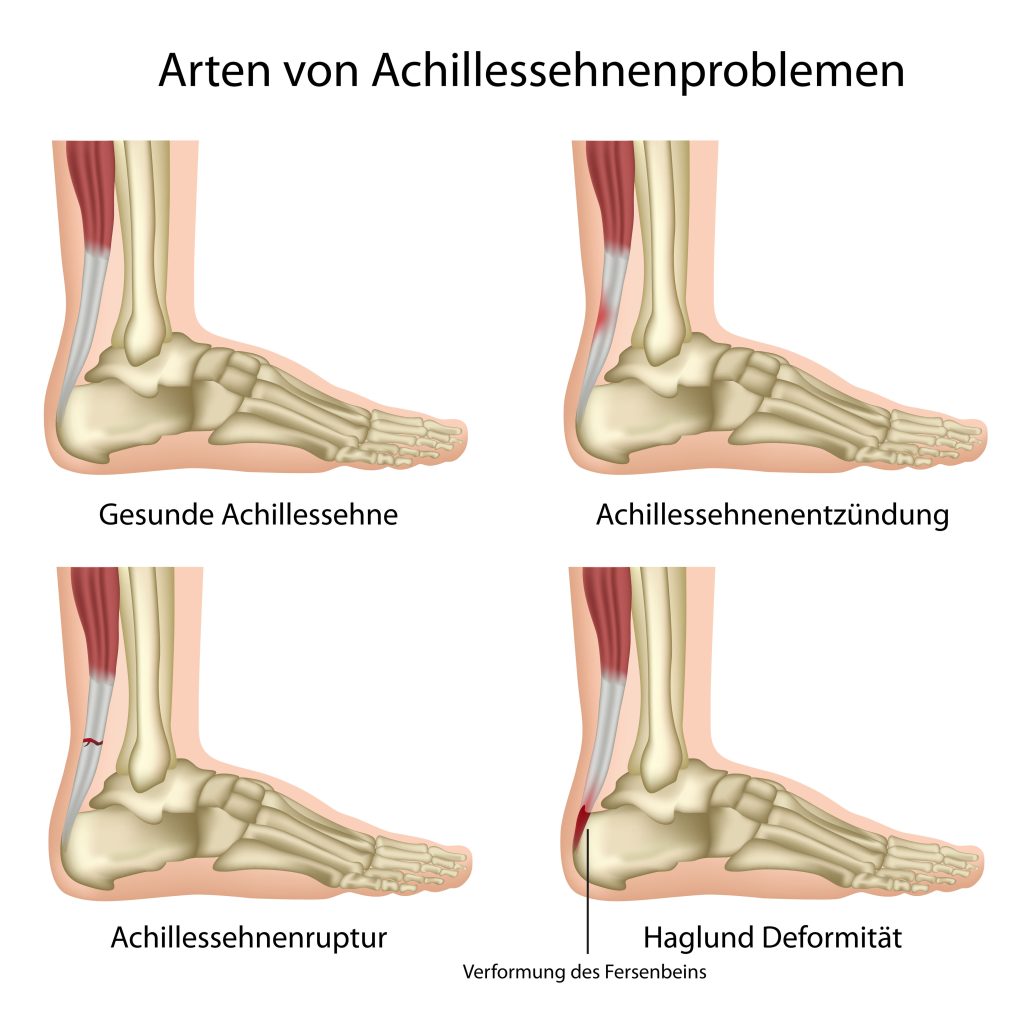
Typical diseases of the Achilles tendon
The Achilles tendon, as the strongest tendon in the human body, is particularly susceptible to various diseases and injuries.
Here are some of the most common conditions that affect the Achilles tendon:
1. inflammation of the Achilles tendon (achillodynia)
One of the most common complaints is Achilles tendinitis, also known as Achillodynia.
It is characterized by inflammation and pain in the Achilles tendon, often caused by overuse or repetitive strain.
Typical symptoms are
- Pain and stiffness along the Achilles tendon, especially in the morning or after periods of rest
- Swelling and thickening along the tendon
- Pain during exertion, e.g. when running or jumping
2. achilles tendinopathy
Achilles tendinopathy is a degenerative disease of the tendon caused by chronic overloading.
It is divided into two main forms, which are described below.
3. rupture of the Achilles tendon
A complete or partial rupture of the Achilles tendon is a serious injury that often occurs during sudden, intense movements such as sprinting or jumping.
An Achilles tendon rupture is characterized by a sudden, sharp pain in the back of the lower leg or heel.
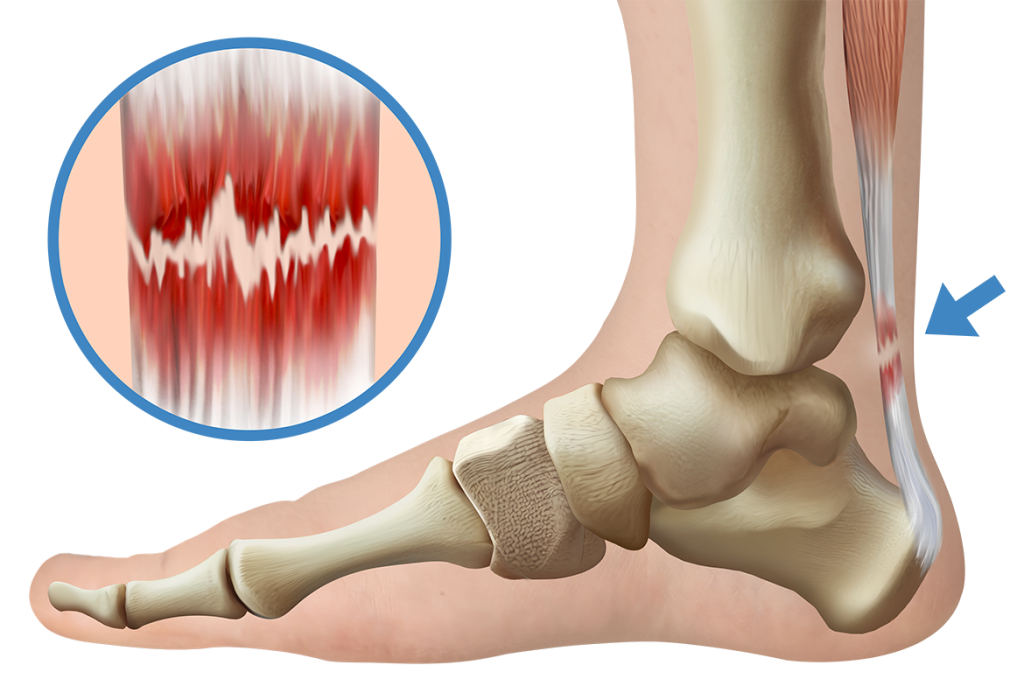
4. haglund syndrome
Haglund’s syndrome is a bony protrusion on the back of the calcaneus that leads to Achilles tendon irritation and irritation of the surrounding tissue.
This irritation can lead to inflammation and pain.
5. bursitis (inflammation of the bursa)
Bursitis can also cause pain in the Achilles tendon area.
It is caused by inflammation of the bursae, which are located between the Achilles tendon and the heel bone, and manifests itself as pain in the back of the heel, swelling and redness in the area of the bursae and tenderness.
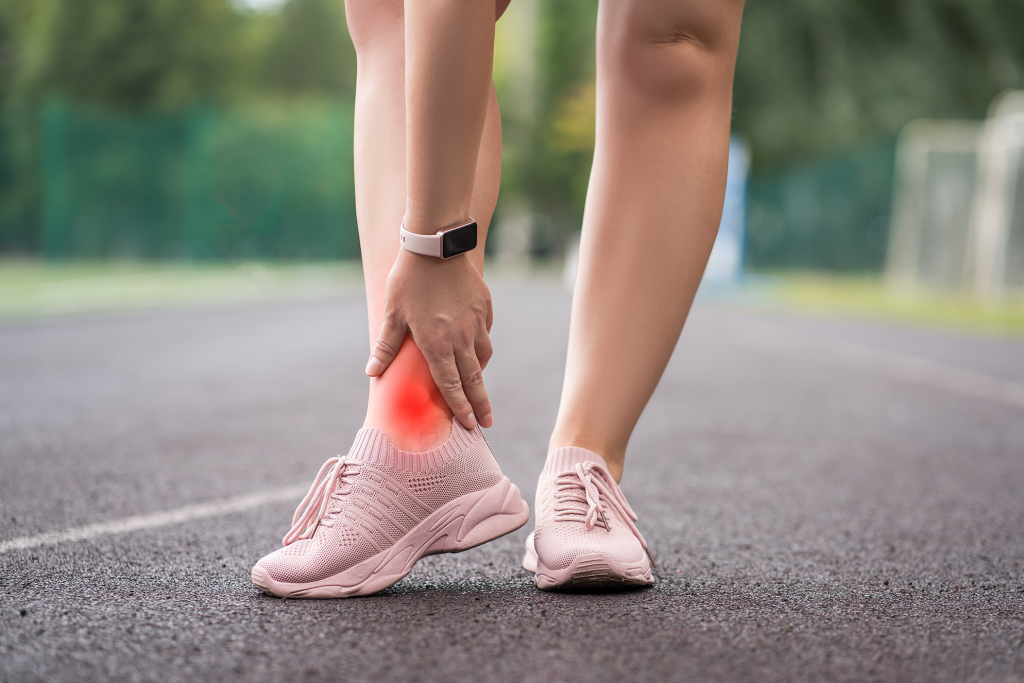
Causes and frequency of Achilles tendon pain
Causes and frequency of Achilles tendon pain
Achilles tendon pain is usually caused by overuse and accounts for a fifth of problems in runners and 5% of complaints in all athletes.
Typically, this pain occurs (except in competitive athletes) in middle-aged men who play recreational sports at the weekend.
Several factors contribute to the high frequency of these complaints:
- Structure of the calf muscles: The calf muscles consist of three muscles that run over three joints.
- Blood circulation: The Achilles tendon itself is poorly supplied with blood, which makes healing more difficult.
The main factor for the development of degenerative processes in the tendon is overloading, which causes pathological changes (tendinopathy).
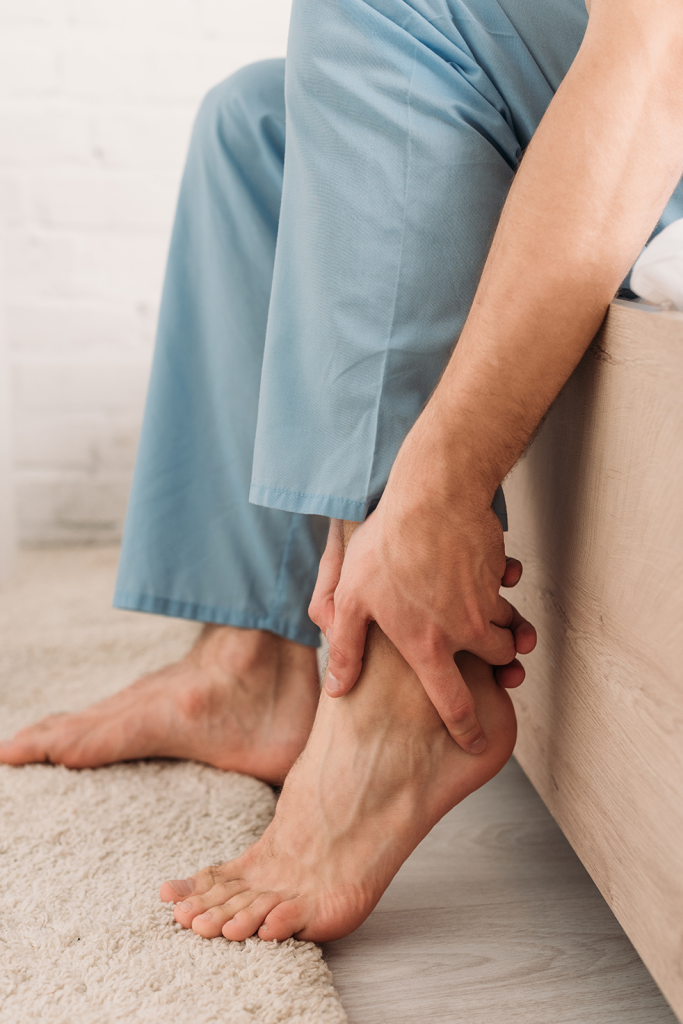
Achilles tendinopathy
Achilles tendinopathy
A common musculoskeletal disorder
A differentiation of the clinical picture
In order to better differentiate the clinical picture, a subdivision into attachment tendinopathy and non-attachment tendinopathy was introduced in 1992.
- Tendinopathy outside the attachment: This form is twice as common and responds well to conservative treatments, mainly represented by eccentric strengthening exercises (as described by Alfredson 1998). This therapy involves lowering the heel and standing on tiptoe at the edge of a step. A detailed description of the specific 6-week program is beyond the scope of this article.
- Attachment tendinopathy: This form responds less well to conservative treatments (non-steroidal anti-inflammatory drugs, shock waves, ultrasound, etc.) and is characterized by pain in the back of the heel. This tendinopathy is caused by direct mechanical overload and repeated microtraumatization.
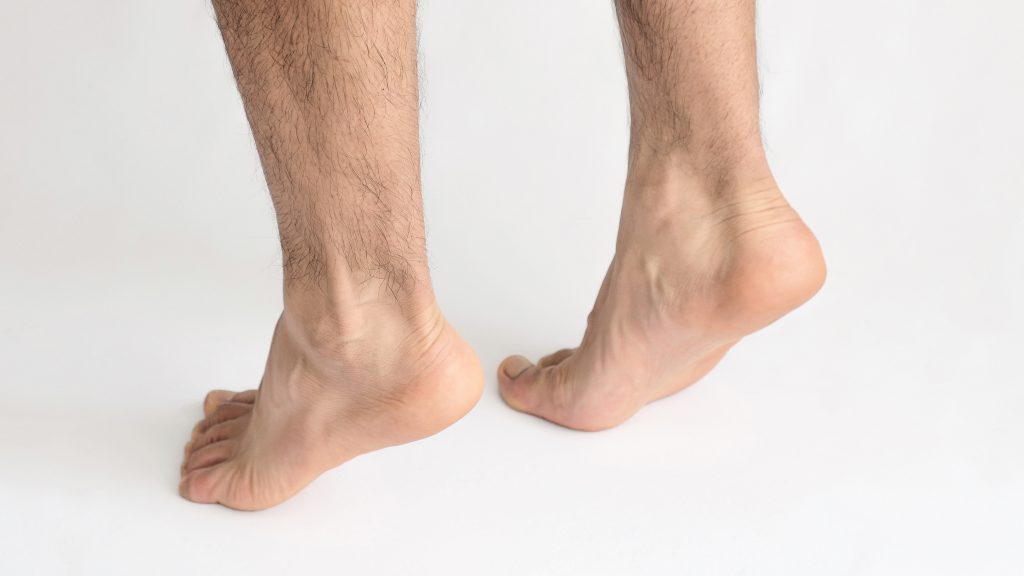
Clinical diagnosis and differentiation
During the clinical examination, Achilles tendinopathy must be differentiated from ankle joint disorders or bursitis, for example.
Attachment tendinopathy is present if the changes in the tendon and the pain are localized within 3 cm of the attachment point of the tendon.
Patients often report pain when standing on their toes, but sometimes pain that interferes with walking and normal daily activities.
In addition to X-rays, magnetic resonance imaging is important for investigating the presence and extent of tendon degeneration.
Treatment of Achilles tendinopathy
Conservative treatment
Conservative treatment of chronic attachment tendinopathy is less successful than for tendinopathy outside the attachment.
Eccentric exercises or stretching of the calf muscle are less likely to help.
Other conservative measures include:
- Orthopaedic insoles for heel elevation
- Stretching
- Non-steroidal anti-inflammatory drugs
- Physical procedures (shock wave, ultrasound, laser, iontophoresis, etc.)
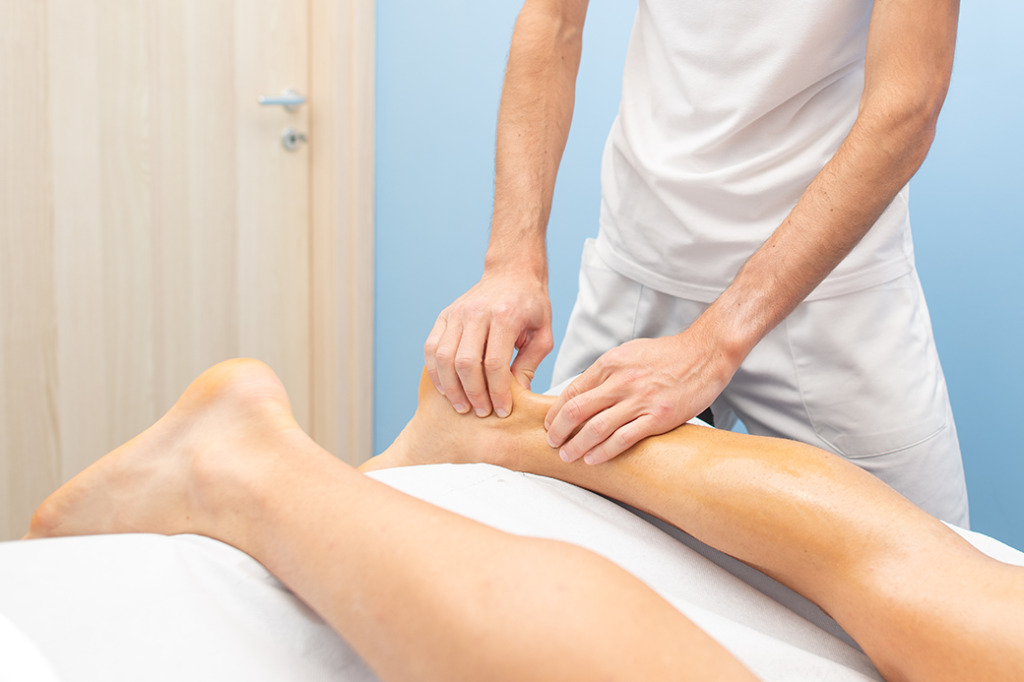
The local application of cortisone is not recommended, as it further weakens the tendon and can lead to a tear at the attachment site.
Surgical treatment
If conservative treatment fails for at least 6 months and the symptoms are significant, a surgical solution may be considered.
The choice of surgical technique depends on the degree of Achilles tendon degeneration.
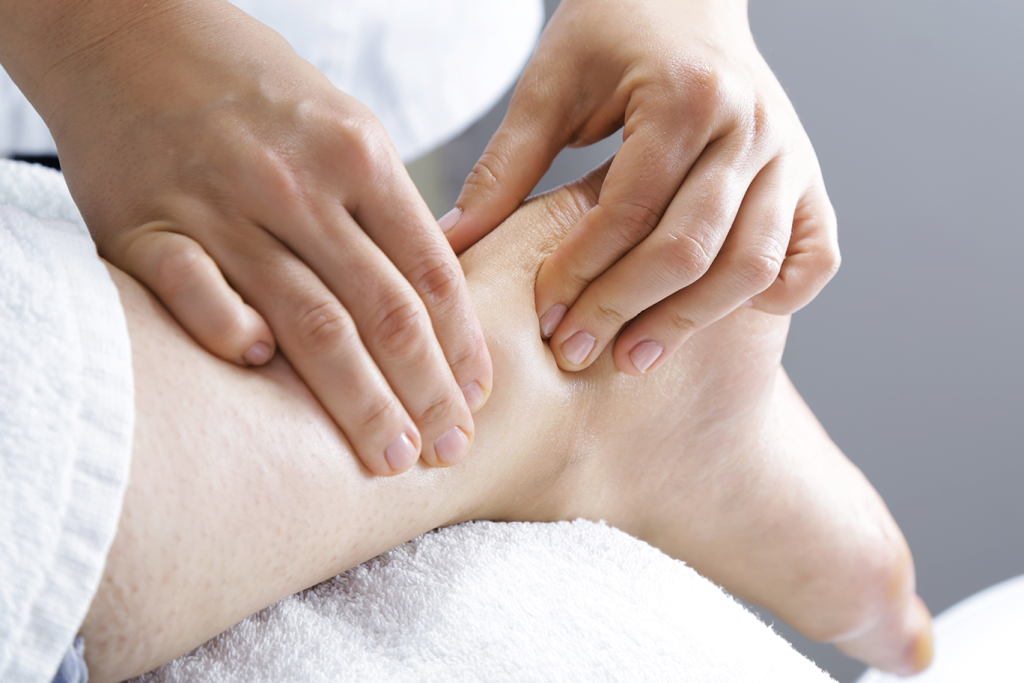
Conclusion
Achilles tendon disorders, especially tendinopathies, are a common and often painful challenge for athletes.
The correct diagnosis and targeted treatment are crucial to alleviate the symptoms and enable a full recovery.
Whether conservative or surgical treatment – individual therapy planning is essential to achieve the best possible results.